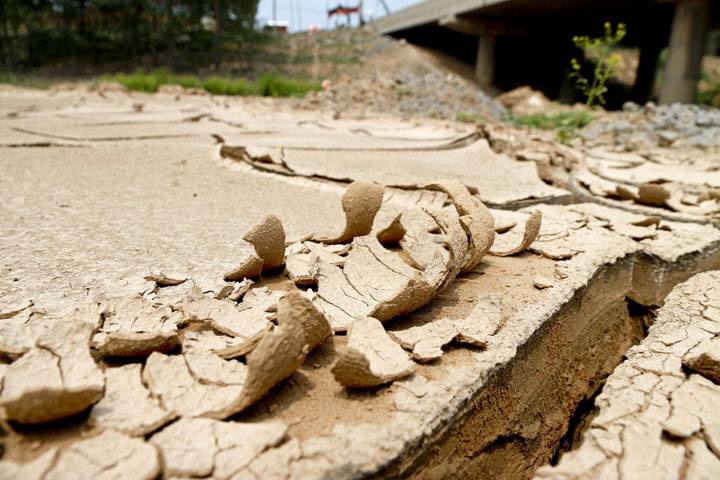
Aerospace Trends in the Asia-Pacific Region
June 22, 2010
The Nuclear Renaissance in Asia and Radioactive Waste
July 6, 2010In satisfying the thirst for a basic commodity – water – China is making trade-offs between its short term and long term supplies. Already, its capital is suffering from drying aquifers and low groundwater level – both indicators that water supply is shrinking fast. The gargantuan South-North Water Transfer Project, costing over $62 billion, is underway to supply the parched northern region with water from the Yangtze River in Southern China. The Middle Route of the project is designed to divert water from Hubei, Henan, and Hebei toward Beijing.
Slated to provide water during the 2008 Olympics, project completion is now delayed to 2014, mainly due to financing issues related to higher than anticipated costs of construction materials and supporting projects, as well as mass relocation of people.
The South-North Water Transfer Project is by no means a panacea to Beijing’s water woes, but not receiving the planned 0.95 to 1.4 billion m3/year of water is detrimental for the drying capital. Water per capita of 1000 m3 is considered dry according to international standards, and Beijing only has 200-300 m3of water per capita. The city has a low annual precipitation of about 300-500mm, less than half of Shanghai’s 1000-1200 mm. Its reservoirs and rivers are now either polluted or drying up. Furthermore, Beijing’s ground water, which accounts for 70% of its water supply, is decreasing annually by 0.5 to 1 m due to decades of over-extraction. As a result groundwater level below Beijing has plummeted from 5-10 meters to over 50 meters.
In response, Beijing has looked to water conservation and seawater desalination. However, these are difficult to achieve due to the high government subsidies that have kept water prices artificially low. In 2008, the average water price is $0.54/ m3, whereas the cost of desalination is significantly higher, sitting at approximately $1.24/ m3. Bridging the price differential will require gradual pricing reform fill the gap between costs of desalinated water and actual water prices. Increasing water price will also more accurately reflect its market price and incentivize people to conserve.
However, increasing water price, just like increasing such basic commodities as food prices, sweats the Chinese government that social unrest may ensue. Facing the delay of the water transfer project, the Chinese government has instead constructed a 309 km canal from Hebei, itself a very dry province, as an interim measure to channel 200 million m3 of water to Beijing. In the longer term, water prices will still have to be substantially increased and investment in water technologies will need to be made to encourage sustainable water consumption. Otherwise, Beijing may have to resort to relocating part of its population or shifting water-intensive industries to other parts of China.




